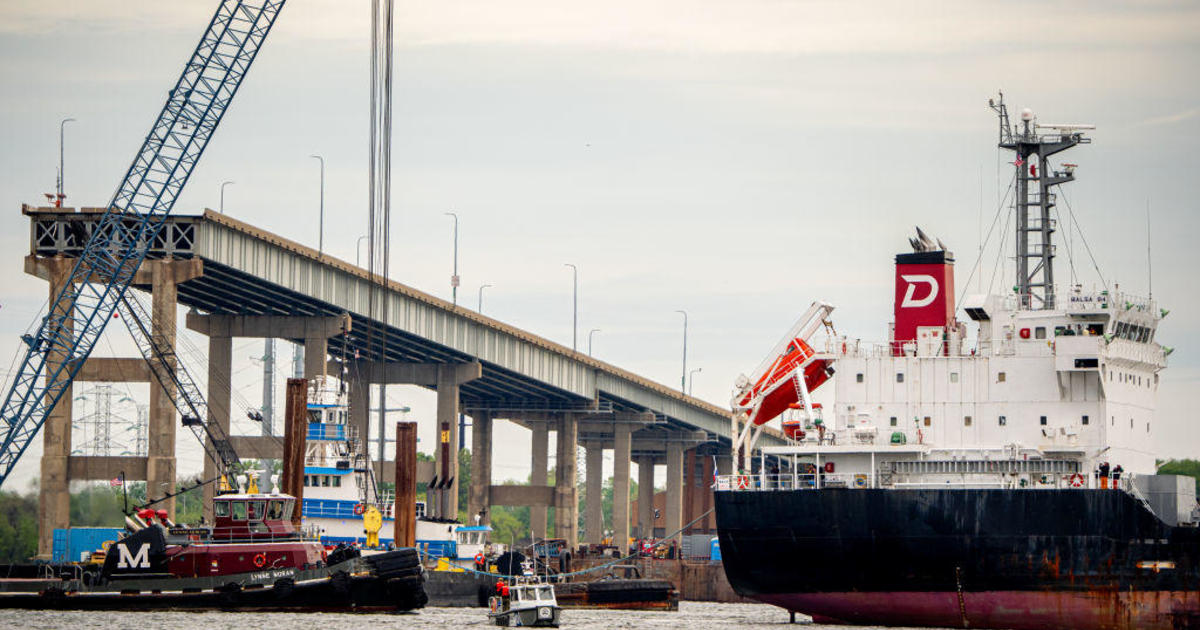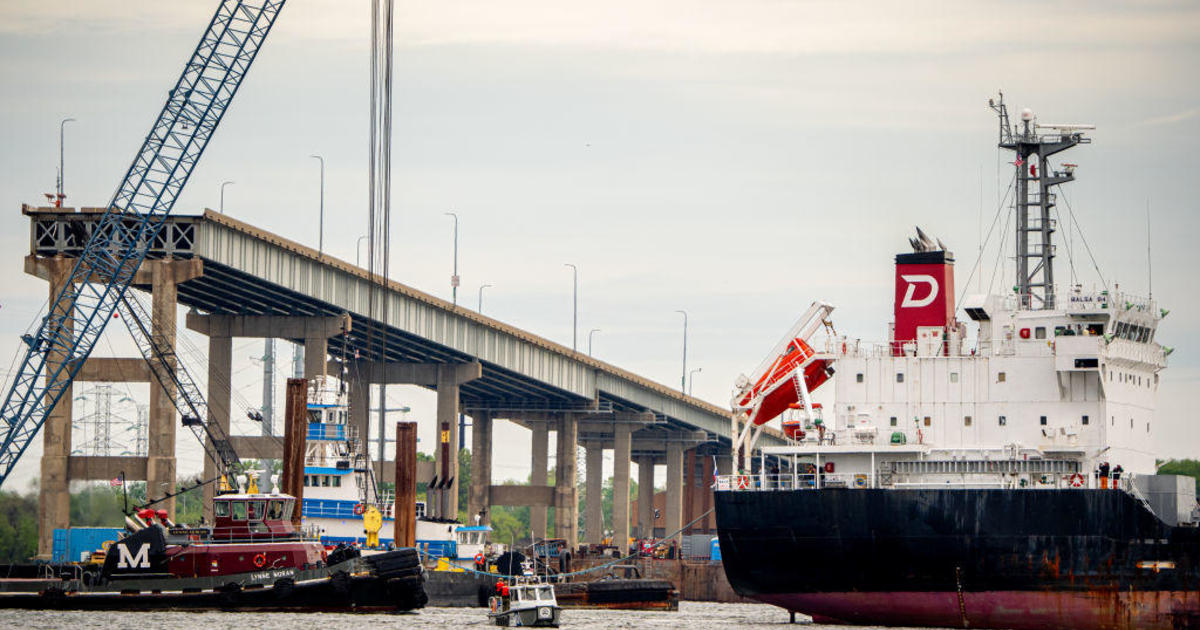Chesapeake Dead Zone Down, Dry Weather Credited
BALTIMORE (AP) -- The size of the Chesapeake Bay's low-oxygen "dead zone" is down and this year's dry weather is getting the credit.
Samples taken last week found 11.8 percent of the bay had oxygen levels in the water too low to support life, nearly half of the long-term average for this time of year. And that's down from about 30 percent in July, which typically is when the zone peaks each year, the Maryland Department of Natural Resources said.
Dry weather this year is being credited for keeping pollution from washing into the bay. The sampling also shows last year's record rains are not having a lasting impact on the bay, Bruce Michael, director of the Resource Assessment Service at the Maryland Department of Natural Resources, said Tuesday.
"We predicted that it would be slightly below average, but the question mark was what carryover impact might we see from 2011" Michael said.
A wet spring last year was followed by Hurricane Irene and Tropical Storm Lee in late August and early September, causing major flooding throughout the bay's six-state watershed and sending a plume of sediment and debris into the waterway.
That had scientists wondering what the long-term effect would be because storm runoff fuels the algae blooms that cause the dead zones.
Dead zones are areas where there is too little oxygen for fish, crabs and other creatures to survive. They are caused when pollution, including nitrogen and phosphorous from fertilizers on lawns and farm fields, is washed by rains into the bay, where it spurs algae blooms during longer, warmer summer days. When the blooms die off, bacteria that break down the dead algae consume oxygen in the water.
Despite the drop found last week, the news has not been all good this year for the bay following last year's storms. Algae blooms blamed on the fall rains stained the bay for miles this spring, causing fish kills and odors that lingered for days around Baltimore.
However, the dry weather this year eventually led to an about average-dead zone in July and then August's drop, Michael said.
The decrease is good news for those tracking bay restoration efforts because it shows the estuary responds quickly to pollution reductions.
And once pollution has been cut, heavy rains won't have as much of an impact. That's because levels will be lower in the bay and restoration strategies will keep pollution from reaching the bay in the first place.
"The goal is even when you have high flow conditions that we've reduced nutrients enough that we won't see these conditions," Michael said.
(Copyright 2012 by The Associated Press. All Rights Reserved.)



